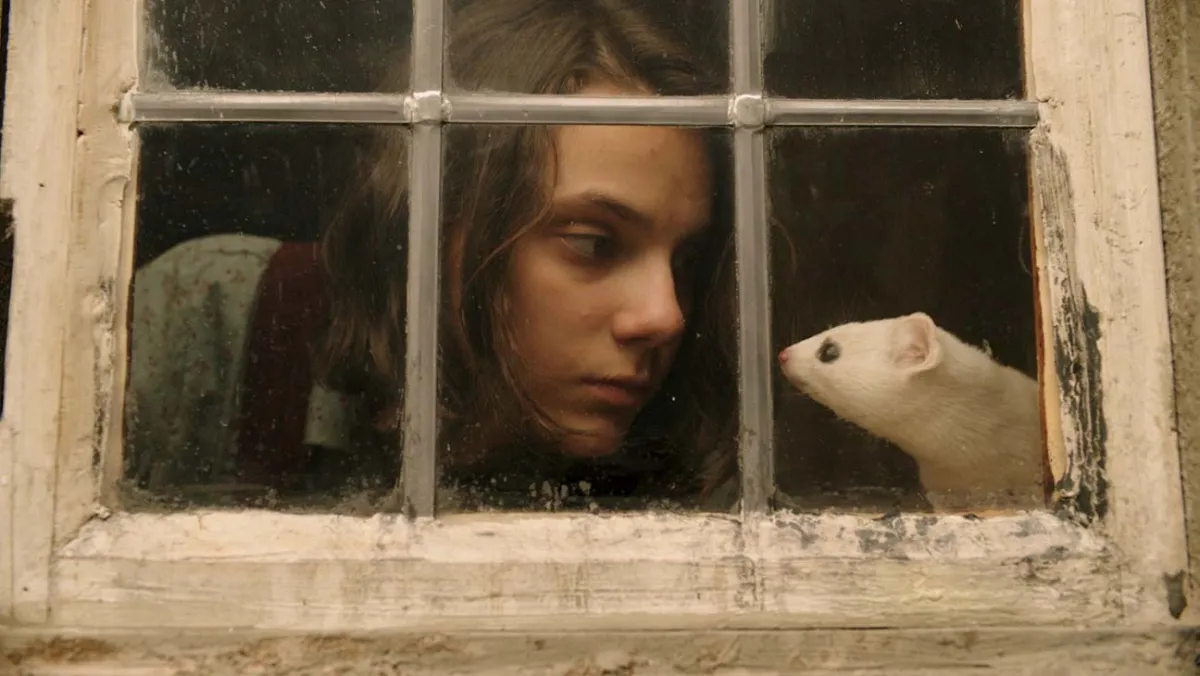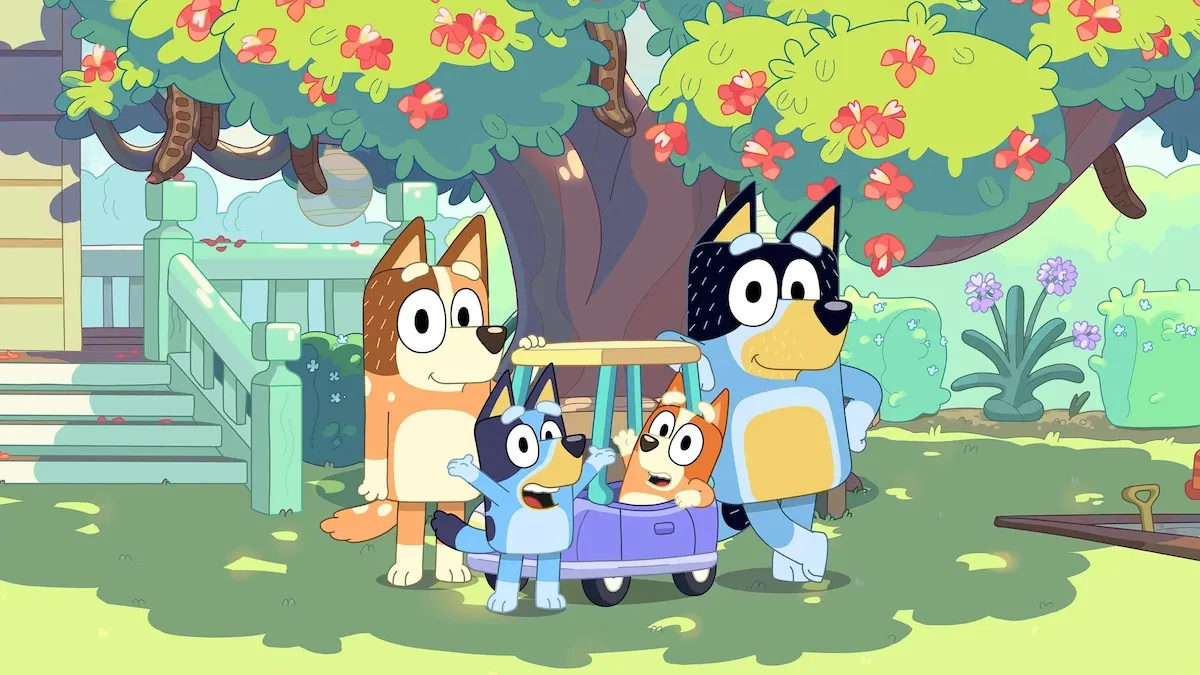Philip Pullman’s His Dark Materials trilogy and the HBO adaptation of the same name tell an immensely rich and fascinating story—one filled with compelling characters, communicating universes, and unique worldbuilding. Daemons are one of my absolute favorite fantasy elements; they have been ever since I first picked up The Golden Compass, and likely always will be.
His Dark Materials is also laced with myriad complex themes, which are embodied within the story itself by Dust—one of the key elements that sets the entire plot in motion in The Golden Compass and carries it through The Subtle Knife and The Amber Spyglass. But what is Dust, exactly? The answer is as multi-faceted as its role within Pullman’s work, so let’s dive in.
The canon of Dust
Dust is a particle that can be found all throughout the worlds within the universe of His Dark Materials. Scholars in Lyra’s world call it Dust or Rusakov Particles, after the name of the scientist who first discovered it. The mulefa know it as “sraf,” while people in Will’s world refer to it as Shadows or dark matter.
By reading the books and watching the show, we know that Dust is generally invisible to the naked eye—at least for humans. People in both Lyra’s and Will’s worlds have to use special devices to be able to see the flow of Dust, like the emulsion they use to develop photograms in which Dust is visible; or the amber spyglass that Mary Malone creates with the help of the mulefa—who were able to see Dust with their naked eye, further driving home the point that different beings across different worlds react to it differently.
Communicating with Dust is a whole other matter entirely, but some manmade devices were created to try and do exactly that. The most famous example is, of course, the alethiometer, which Lyra is given as she departs on her journey with Mrs Coulter. Normally, reading an alethiometer requires years of studying its various symbols and their layers upon layers of meaning, both to pose a question to the compass and to understand its answer. However, Lyra finds that she can do so relatively easily, at least until a certain point in her life.
Dust made simple
But what is Dust? Given that this particle plays such an important part in Lyra’s story, Philip Pullman has been asked about it multiple times during interviews and panel appearances. Dust is consciousness. It’s love, creativity, curiosity, and everything that is good about humankind. As Pullman describes it: “We are dependent on each other. Without us, Dust would dwindle away. But without Dust, we would dwindle away”.
Since it represents consciousness and it’s fueled by consciousness, it makes sense that Dust tends to gravitate toward sentient beings—like humans, or the mulefa. It gathers more around adults than it does around children, starting when an individual enters puberty. To the mulefa, that’s when a youngling starts using wheels to move around; to humans in Lyra’s world, that’s when one’s daemon begins to settle into the single shape it will hold for the rest of its life.
And that’s where all the problems that drive the plot of His Dark Materials start.
Dust, daemons and humans
In Lyra’s world, the Magisterium condemns Dust as something to be afraid of; something that should be shunned—so much so that they consider it equivalent to the original sin. The Magisterium and its agents do their best to try and eradicate Dust from the world. One example of this is the infamous “intercision” process that we see happening at the beginning of the story. During intercision, children are forcibly separated from their daemons before they start to settle in an attempt to stop the Dust from settling onto them. And yet Dust is vital to life, meaning that children with severed daemons couldn’t survive for long—if they even survived the intercision process at all.
Pullman once again explains it best, saying that Dust has indeed an element of the divine in it, but that it should by no means be seen as evil. Instead, humans’ relationship with Dust should be a mutually nurturing and beneficial one. It’s a conclusion that Lyra herself comes to throughout the story, as she sees the terrible acts that adults are willing to commit in the name of getting rid of this so-called “evil” Dust.
“[Lyra] realizes that Dust is everything that is best about humanity and must be encouraged rather than destroyed,” Pullman writes on his website. “This does not mean embracing evil instead of good: it means understanding that since the loss of innocence is inevitable, we should welcome it and embrace the next stage of our development instead of hiding our eyes from it. Knowing about good and evil is not the same as embracing evil, though it might look like that to a church that likes to think it has all the answers.”
Lyra’s relationship with Dust
Dust flows constantly. Were it to slip in the gaps between worlds left by the windows used to move through them, Dust could be lost forever—something that began happening pretty much as soon as the Subtle Knife was invented. That’s when Will and (especially) Lyra, step in: when they start to experience their first adult emotions and Dust begins to settle on them, they restore the flow of Dust through the worlds to what it should have been, ensuring this vital particle’s continued existence.

Of course, this role is also the reason why they ultimately have to be separated forever. Since Dust falls into the void when windows between worlds are left open, that means that all windows have to be sealed, relegating Will and Lyra to their respective worlds without a chance of ever seeing each other again.
(featured image: HBO)








